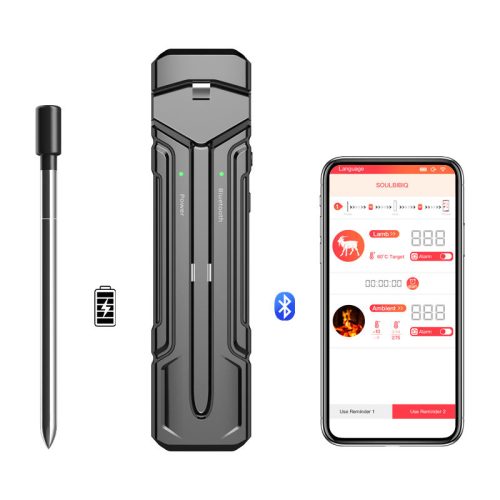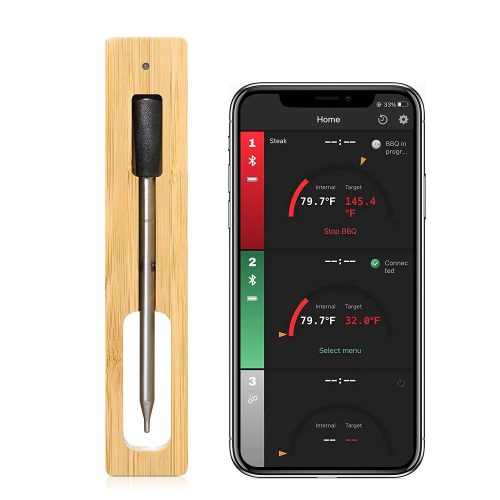Sure, a hygrometer is an instrument used to measure the humidity or moisture content in the air, gases, or solids. It’s a vital tool in various fields such as meteorology, agriculture, industrial processes, and in monitoring environmental conditions in spaces like homes, offices, and museums.
There are different types of hygrometers, each using various principles to measure humidity:
- Psychrometers: These use the principle of evaporative cooling to measure humidity. They consist of two thermometers – a dry bulb and a wet bulb. As the water evaporates from the wet bulb, it cools the thermometer, and the rate of cooling depends on the humidity in the air. By comparing the temperatures of the two thermometers, the relative humidity can be calculated.
- Hair Hygrometers: These hygrometers use human or animal hair as a sensor. Hair tends to lengthen or contract based on the humidity levels in the air. The movement is then measured to determine the relative humidity.
- Capacitive Hygrometers: These measure humidity by detecting changes in capacitance. A humidity-sensitive capacitor changes its capacitance as the moisture in the air changes. This change is then converted into a humidity reading.
- Resistive Hygrometers: They work by measuring the electrical resistance of certain materials that change based on humidity. As humidity increases, the electrical conductivity of the material changes, which is then measured to determine the humidity level.
- Gravimetric Hygrometers: This type measures humidity by changes in weight. A substance sensitive to moisture (like a hygroscopic salt) absorbs water from the air, and the gain in weight is measured to determine the humidity level.
- Optical Hygrometers: These instruments use light absorption or reflection properties to gauge humidity changes. Moisture in the air alters the optical properties of certain materials, which can be measured to determine humidity.
Each type of hygrometer has its strengths and weaknesses in terms of accuracy, range, sensitivity, and application. Calibration and proper maintenance are crucial for accurate measurements.
Measuring humidity is important because it affects various aspects of our lives, from comfort and health to industrial processes and agriculture. Monitoring and controlling humidity levels can help prevent issues like mold growth, deterioration of materials, and discomfort due to excessively dry or damp conditions.


